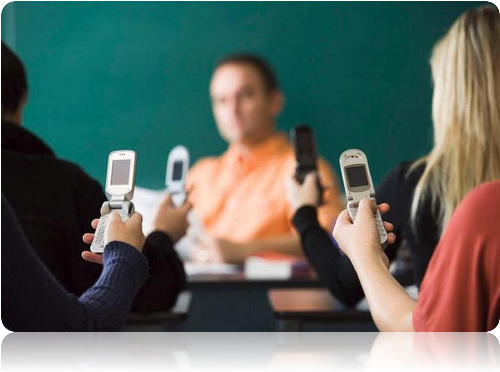Over the course of this mini summer semester in EME2040 I
have learned many useful things to carry into journey of becoming a teacher. I
think the textbook was one of the best resources I had. I think out of all the
assignments we did, the WebQuest was the best. It helps inspire students who
are having a difficult time to achieve their goals. It is also a great tool to use to keep
everyone “in the loop” i.e. parents, students, and teachers. It was also fun to
make! You can pull the official website by clicking here! If you are unsure how to make a WebQuest, watch this YouTube video. It will go over that website and show you how to make your own!
The WebQuest showed me how to create a lesson plan on the internet, so a student can do it as many times as they would like, wherever they like.
Even though I did not complete the Instructional Wiki, I believe it was an important assignment because it can be used in a classroom setting along with at home for the teacher and students. It gives the student additional resources in one place. It is a great tool to have so students can coordinate with each other to work together and practice.
The Lesson Plan I believe would have been better as an individual or partner project. I think it was to chaotic to get four people to do it. Fortunately, when we did it, there was only three people working on it, so it was easy to break up and assign who did what.
The discussion boards we did throughout the semester was very useful. I was able review the entire book and pull out the parts that I found interesting and useful to me. It showed me important ways how to make the time in the classroom effective for the students, how to assist people who are in ESE or ELL, and how to work will students with disabilities and gifted students.
During this class, I learned many different tools that would be helpful in the classroom. The list below are some of the tools I used.
- Weebly-- Website builder
- Blogger-- Blog creator
- Delicious-- Bookmark websites
- WebQuest-- Create instructional website
- There are many others but these four were my favorite.
After this semester, I learned how to integrate technology in with my teaching. I believe there are many ways to help students learn through technology. To me, this is only the beginning, I can not wait to see what my career in teaching holds in store for me!
Resources:
Maloy, Robert, Verock-O’Loughlin,Ruth-Ellen, Edwards, Sharon A., and Woolf, Beverly Park (2013). Transforming Learning with New Technologies. 2nd Edition. Boston, MA: Pearson Education, Inc.




